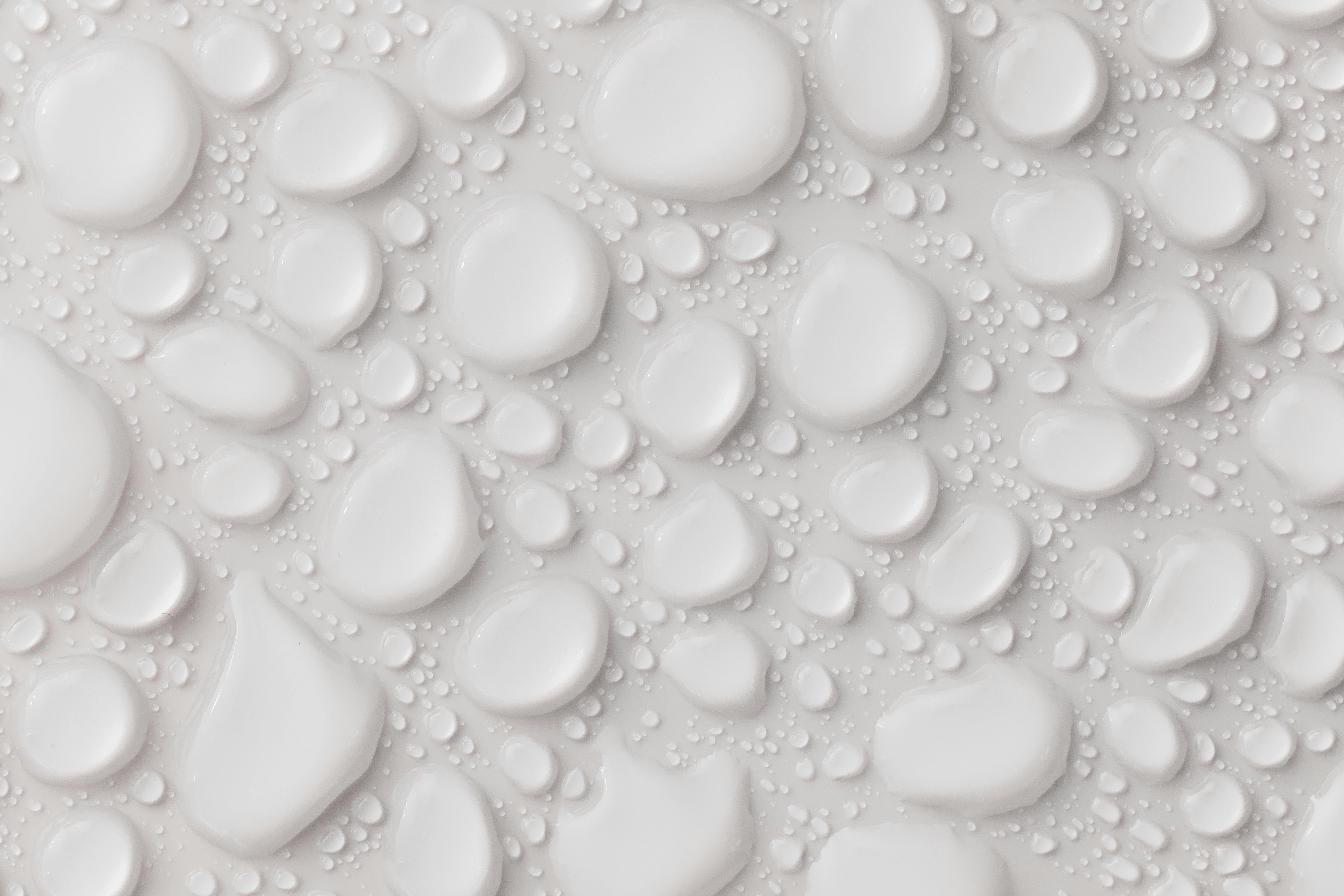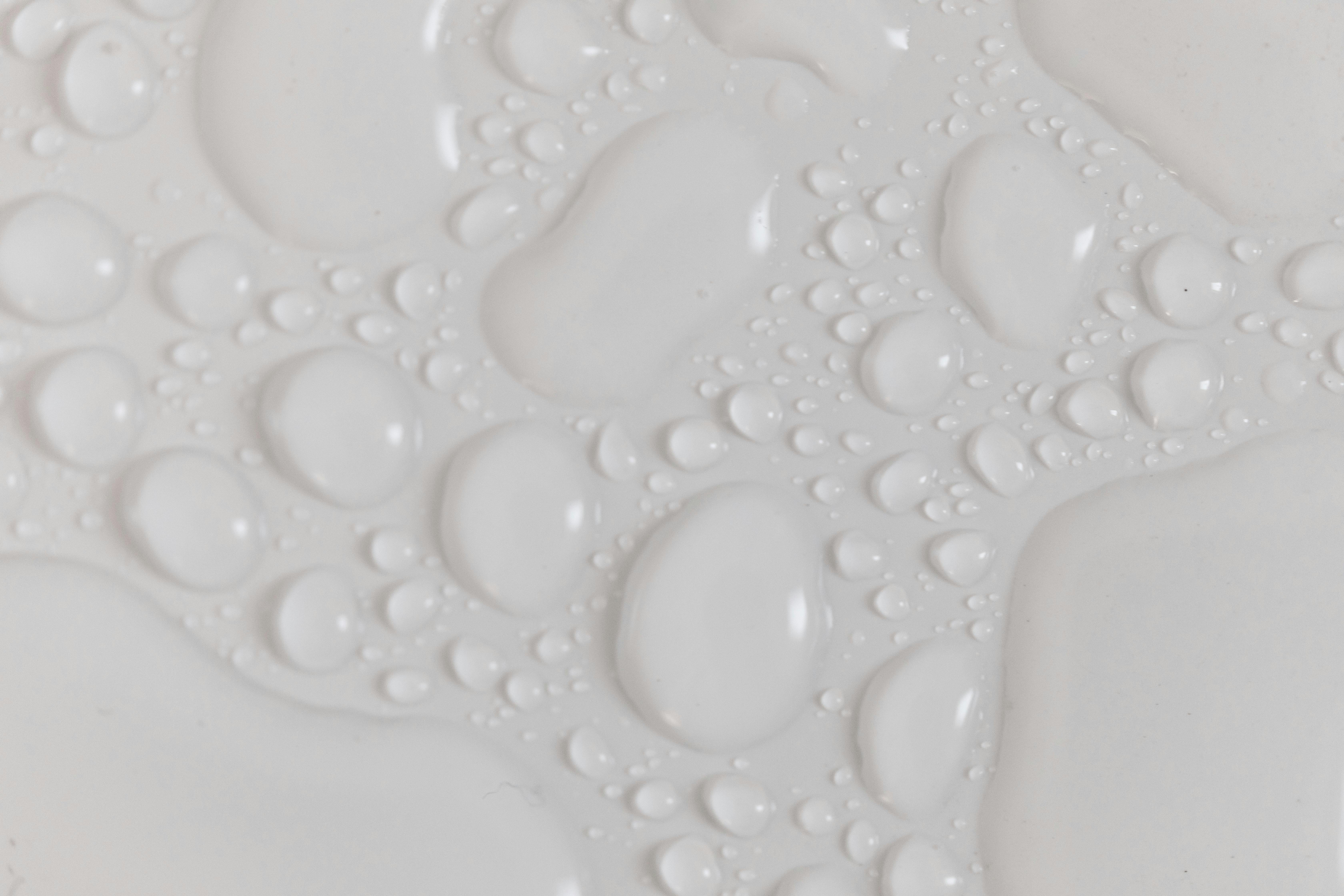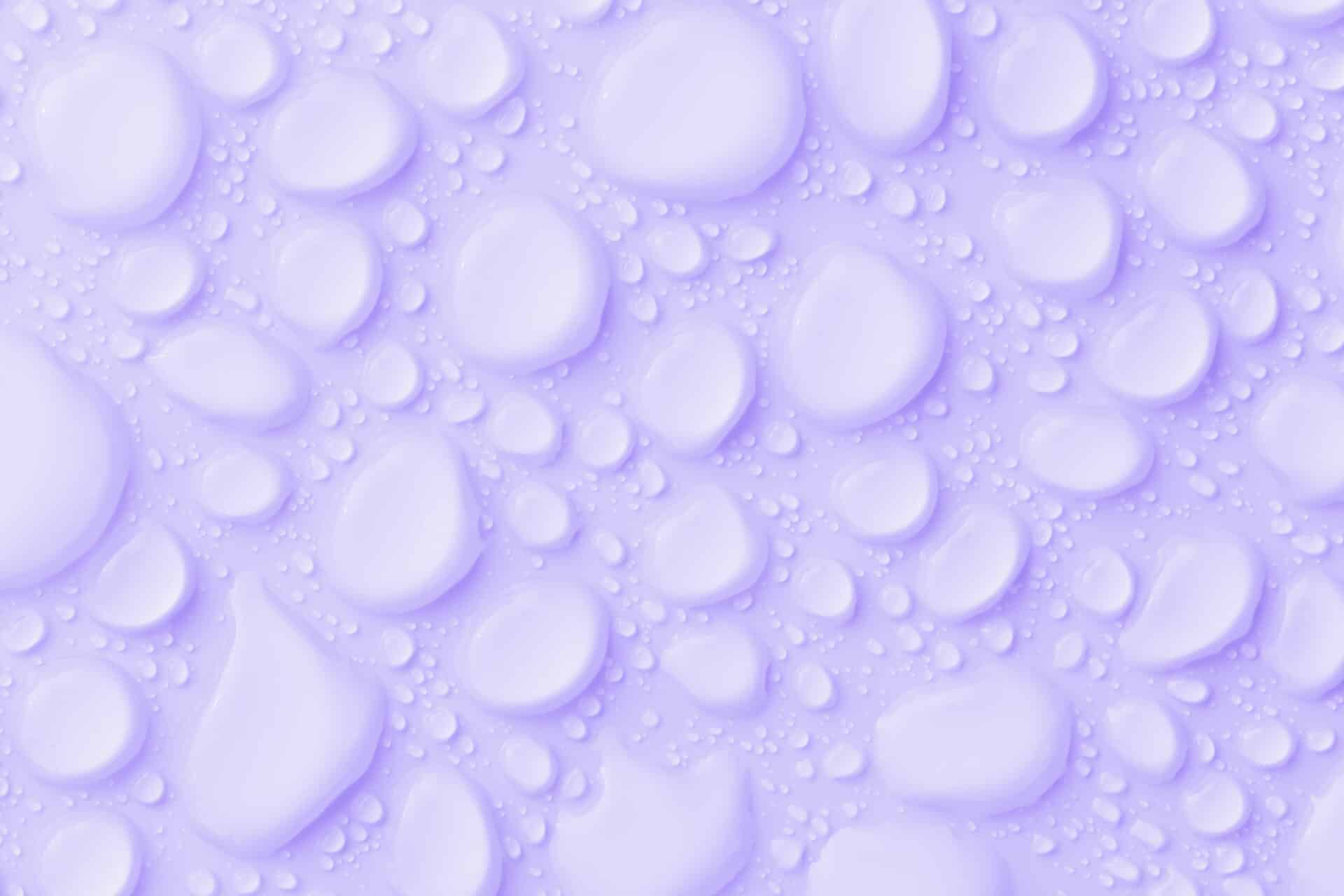Water is essential to life, but did you know that there are different types of water? Purified water and distilled water are two types of water that have different properties and uses. In this article, we’ll discuss the differences between purified water and distilled water, including their sources and uses. We’ll also take a look at some of the common misconceptions about these two types of water. By the end of this article, you’ll have a better understanding of the differences between purified and distilled water.Purified water is water that has been filtered or processed to remove impurities, contaminants, and other unwanted substances. It is free from bacteria, viruses, and other microorganisms. Purified water is often used in scientific laboratory settings, as well as for drinking and other applications where cleanliness and safety are important.
What Is Distilled Water?
Distilled water is water that has been purified through a process of distillation. This process involves boiling the water and then collecting the steam that is produced. The steam is condensed and collected as distilled water. Distillation removes impurities such as heavy metals, salts, minerals, and most other contaminants. It also eliminates dissolved gases such as chlorine and sulfur dioxide, which are often found in tap water. Distilled water is commonly used for drinking, cooking, cleaning, and medical purposes. It is also used in many industrial applications due to its purity and lack of contaminants.
Distilled water has a number of advantages over other types of water, such as tap or spring water. One advantage is its lack of contaminants, which can make it safer for drinking and other uses. Additionally, distilled water does not contain any minerals or ions, which can affect the taste of food or drinks prepared with it. Finally, its lack of minerals makes it ideal for use in electronics and machinery since there is no risk of corrosion caused by mineral buildup.
Despite its advantages, distilled water has some drawbacks as well. For one thing, it lacks the beneficial minerals found in other types of drinking water. Additionally, since it lacks these minerals it can leach them from whatever surface it comes into contact with if stored for long periods of time; this could potentially contaminate food or drink prepared with it unless precautions are taken to avoid contact with certain materials.
Overall distilled water offers many benefits but should be used carefully to avoid potential contamination risks or loss of beneficial minerals from surfaces it contacts over time.
What Are the Benefits of Purified Water?
Drinking purified water is beneficial for your health and well-being. Purified water removes harmful contaminants like chlorine, lead, fluoride, and other chemicals from the water. It also eliminates dirt, bacteria, and other microorganisms that can make you sick. The result is a clean, safe drinking water that can help improve your overall health.
One of the main benefits of purified water is its improved taste. Without impurities like dirt and minerals, purified water tastes better than regular tap water. It also helps reduce bad odors caused by chlorine or other chemicals in the water.
Purified water is also great for your skin. By removing contaminants from the water, you can reduce skin irritation and dryness caused by regular tap water. This makes it perfect for those with sensitive skin or allergies to certain contaminants in tap water.
Purified drinking water can also help improve your digestive system by eliminating bacteria that can cause digestive problems such as stomach cramps and diarrhea. Additionally, it helps flush out toxins from your body more efficiently than regular tap water can.
Finally, purified drinking water is good for the environment as well, since it reduces your need for bottled or filtered drinks that produce plastic waste or require energy to be made and transported. By drinking purified drinking water instead of packaged drinks, you are helping protect our planet in more ways than one!
Overall, there are many benefits to drinking purified drinking water over regular tap or bottled waters. Purified drinking waters provide numerous health benefits such as improved taste, better skin condition and digestion support while also being beneficial to the environment by reducing plastic waste production. Making sure that you have access to clean and safe drinking waters should be a priority for everyone!
What Are the Benefits of Distilled Water?
Distilled water has many important benefits and advantages over other types of water. It is free of any contaminants, minerals, or chemicals that can be found in tap or spring water. This makes it ideal for drinking, cooking, and even medical use. It is also easier to store than other types of water since it doesn’t require refrigeration.
Distilled water is also beneficial for cleaning purposes since it doesn’t contain any impurities that could potentially damage surfaces. It can be used to clean glass, jewelry, and even electronic equipment without leaving behind streaks or residue. It is also safe to use on delicate items like baby bottles or pacifiers since it doesn’t contain any harmful substances.
In addition, distilled water can help reduce the scale buildup on appliances like washing machines and dishwashers that are caused by hard water. This scale buildup can cause damage over time and lead to costly repairs. By using distilled water instead of hard tap water in these appliances, you can keep them in better condition for longer periods of time.
Finally, distilled water is beneficial for those who have sensitive skin because it doesn’t contain any harsh chemicals or minerals that could cause irritation. It is also great for those with allergies since it doesn’t have any allergens like pollen or mold spores that could trigger reactions. Overall, distilled water offers a variety of benefits and is a great choice for those looking to improve their health and lifestyle.
How Is Purified Water Made?
Purified water is water that has been treated to remove impurities, such as bacteria and minerals. The process of purifying water involves the use of physical, chemical, and biological methods. Physical methods involve straining, sedimentation, and distillation. Chemical methods include filtration, ion exchange, reverse osmosis, and chlorination. Biological methods involve the use of ultraviolet light or ozone to kill microorganisms. Once the water has been purified it is fit for drinking and other uses.
Physical methods are used to remove large particles from the water such as silt and debris. This can be done by passing the water through a filter or strainer which traps these particles. Another physical method is sedimentation which involves allowing particles to settle out at the bottom of a container while the clear water remains on top. Distillation is another physical method which involves boiling the water and then condensing it back into liquid form, leaving behind any impurities that cannot evaporate such as heavy metals.
Chemical methods are used to remove smaller particles such as bacteria, viruses, and minerals from the water. Filtration involves passing the water through a porous material such as charcoal which traps particles in its pores. Ion exchange is a process where positively charged ions in the water are exchanged with other ions from a material such as zeolite which attract them more strongly than water does. Reverse osmosis works by pushing water through a membrane with tiny holes that allow only clean molecules to pass through while trapping impurities on the other side of it. Chlorination is a process where chlorine or other chemicals are added to the water to kill off any microorganisms present in it.
Biological methods involve using ultraviolet light or ozone to kill off any microorganisms present in the water. Ultraviolet light disrupts their DNA making them unable to reproduce while ozone breaks apart their cell walls killing them instantly both processes make sure that any harmful organisms are eliminated before it can be consumed or used for other purposes.
Once all these processes have been completed the purified water is fit for drinking and other uses without any worries about harmful contaminants being present in it.

How Is Distilled Water Made?
Distilled water is created by a process called distillation. This process involves boiling the water until it evaporates, leaving behind any solids or impurities. The vapor then condenses into a separate container, which is then collected as distilled water. The process of distilling water removes any minerals, chemicals, or other substances from the water, making it pure and free from contaminants. Generally, the water used to make distilled water is taken from rivers and lakes, although some sources of distilled water come from treated municipal sources.
Distillation requires moderately high temperatures to achieve complete evaporation and remove all impurities. When the boiling point of the liquid is reached, any dissolved impurities are left behind in the container used for boiling. The vapor produced then condenses on a cool surface such as a condenser coil, producing pure distilled water that is free from contaminants and minerals.
Once collected, the distilled water can be further purified by passing it through activated charcoal filters or a reverse osmosis system to remove any remaining impurities or odors. This additional purification may not be necessary if the source of the distilled water was already safe and free from pollutants.
What Are the Drawbacks of Purified Water?
Purified water is water that has been filtered or treated to remove harmful contaminants and impurities. While there are many advantages to drinking purified water, there are also some drawbacks to consider. For starters, purified water can be expensive and time-consuming to produce. In addition, it may not be as nutritious as regular tap water since the natural minerals have been removed during the purification process.
Another drawback is that while it’s true that purified water has fewer contaminants than regular tap water, it can still contain traces of chemicals and other pollutants. This means that while it’s better than regular tap water, it still may not be as pure as advertised. Finally, drinking too much purified water can cause mineral deficiencies in the body due to the lack of naturally occurring elements found in regular tap water.
Overall, while there are many benefits to drinking purified water, such as fewer contaminants and better tasting water, there are also some drawbacks to keep in mind. By understanding both the advantages and disadvantages of purified water, you can make an informed decision about whether or not it is right for you.
Drawbacks of Distilled Water
Distilled water has many advantages, such as being free from contaminants and having a neutral pH. However, there are some drawbacks to using distilled water. The main downside is that it lacks essential minerals and nutrients, which are necessary for the body to function properly. Without these minerals, the body can become deficient in essential vitamins and minerals, leading to health issues. Additionally, distilled water can also have a bland taste due to the lack of natural minerals. Furthermore, distilled water is more acidic than regular tap water, so it may not be suitable for certain types of cleaning or cooking applications.
Another potential drawback of using distilled water is that it can cause corrosion in pipes and other metal equipment due to its low mineral content. This corrosion can lead to leaks or even bigger plumbing problems if not addressed properly. Finally, distilled water may also contain trace amounts of chemicals that were not completely removed during the distillation process. These chemicals could potentially be harmful if consumed in large quantities over an extended period of time.

Conclusion
The difference between purified water and distilled water lies in the process of filtration. Purified water is filtered through a number of different processes, while distilled water is only boiled and condensed. Purified water can contain trace amounts of minerals, whereas distilled water does not. Both types of water are safe for human consumption and are used for different purposes. Purified water has a higher mineral content and is suitable for drinking, while distilled water should not be used as drinking water due to its lack of minerals.
In conclusion, purified and distilled waters have distinct differences in their production processes. The type of water chosen depends on the intended purpose, as both are suitable for different applications. It is important to be aware of the differences between the two so that the correct type is chosen for its intended use.

